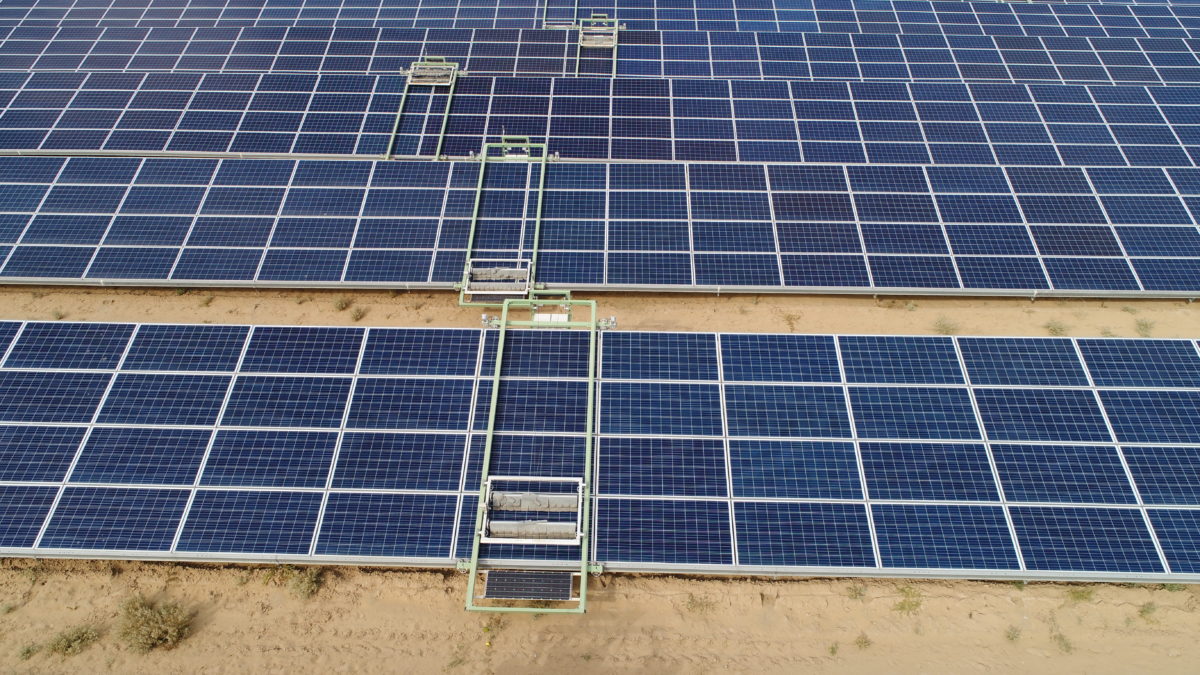Not a single coal power plant in India received project finance lending in 2022. All energy projects that reached financial closure for project finance lending in 2022 were renewable energy projects, finds an analysis by Centre for Financial Accountability (CFA) and Climate Trends. On the flip side, the report showed a 45% reduction in project finance to renewable energy.
The 2023 Coal vs Renewables Investment Report assessed 68 project finance loans across 11 coal and renewable energy projects in India that reached financial closure between Jan. 1, 2022 and Dec. 31, 2022.
While renewable energy projects are defined as hydroelectric, geothermal, wave, wind, or solar power projects, this report looked at wind and solar project finance loans only. Total project finance loans amounted to INR 18,577 crore ($2.36 billion), all of which flowed into renewable energy projects. However, the total amount is 45% less than 2021 levels.
The report attributes the fall in the amount of project finance loans to external factors such as project delays due to the pandemic, supply line disruptions, increase in costs of finance due to higher interest rates as well as increased costs due to domestic policies.
Solar energy was once again the renewable energy project of choice, accounting for six out of eleven deals, or 40% of financing. However, solar lending in 2022 dropped by over 64% to INR 7,361 crore ($935 million), financing 1,849 megawatts (MW) of solar projects.
Wind power comprised only 4% of total renewable energy lending in 2022, financing two projects equalling 144 MW of wind energy. This represents a more than 80% decrease compared to 2021.
The majority of the funding (56%) went into loans for hybrid (solar and wind) projects. In total, the three hybrid loans amounting to INR 10,484 crore supported a capacity of 950 MW.
“There has been curiosity around India not signing the global pledge to triple renewable energy and double energy efficiency at the COP28 despite it championing the idea during its G20 presidency. Since the pledge on renewables was framed in recognition of reducing investments in coal, most likely India did so to ensure it defends its use of coal for energy security in the foreseeable future.
However, this analysis shows project finance investments towards solar and wind in 2022 reflect India’s commitment to its NDC 2030 target of 500 gigawatts of electricity generation from non-fossil fuel sources. Making finance more accessible and affordable for renewable energy will not only help India outperform its own commitments but also strengthen its position as a climate leader of the global south,” said Aarti Khosla, Director, Climate Trends.
The majority of loans came from commercial banks, totalling five deals and 68% of overall funding. Commercial lending for renewable projects decreased by 51% from 2021 levels. The Coöperatieve Rabobank UA was the largest lender, with a loan totalling INR 7,749 crore ($985 million). This loan outperforms the largest renewables loan of 2021, provided by L&T Finance, which was INR 4,214 crore ($565 million).
“Cost of renewable energy with storage is now comparable and cheaper than new coal plant construction, irrespective of the location. Besides losing out to renewable energy on per unit cost of electricity, coal power plants will have to be retired within a decade from now. Financial institutions are reluctant to fund coal projects, be it power plant construction or coal mining, knowing fully well that the global outlook on coal remains heavily in the negative”, said Joe Athialy, Executive Director, Centre for Financial Accountability.
Like in 2021, Rajasthan was the biggest beneficiary of renewable energy lending compared to other Indian states, securing over INR 7,579 crore ($963 million).
India has already installed close to 132 GW of renewable energy from its earlier target of 175 GW and yet is determined to make additional power demand be met by renewables where possible. The World Energy Outlook 2023 pegs that India will meet its 2030 target to have half of its electricity capacity be non-fossil well before the end of the decade. As financial institutions reduce their investments in coal projects, policy and regulations must also ensure more funds flow towards renewable energy projects.
This content is protected by copyright and may not be reused. If you want to cooperate with us and would like to reuse some of our content, please contact: editors@pv-magazine.com.









By submitting this form you agree to pv magazine using your data for the purposes of publishing your comment.
Your personal data will only be disclosed or otherwise transmitted to third parties for the purposes of spam filtering or if this is necessary for technical maintenance of the website. Any other transfer to third parties will not take place unless this is justified on the basis of applicable data protection regulations or if pv magazine is legally obliged to do so.
You may revoke this consent at any time with effect for the future, in which case your personal data will be deleted immediately. Otherwise, your data will be deleted if pv magazine has processed your request or the purpose of data storage is fulfilled.
Further information on data privacy can be found in our Data Protection Policy.